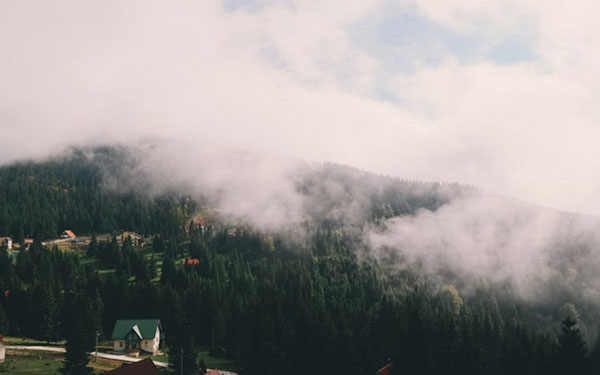Earlier this month, the Second Edition of Firescaping by Douglas Kent was released. The book is a comprehensive and clearly written resource that should be read by anyone living in the mountains or rural parts of CA. Wildfires have thrown the California home insurance market into chaos, and any measures that can help to improve a home’s insurability should be taken.
Firescaping is full of useful checklists such as how to prepare for a wildfire, what to do during a wildfire, landscape design considerations for different types of properties, and much more. Below are two sections we found especially interesting and have chosen to highlight.
Maintained Roads and Clear Property Access
One checklist we found particularly interesting related to importance of roads and property access. It is critical that neighborhoods maintain clear roads to allow emergency resources to fight fires as unimpeded as possible. More importantly, clear roads can be the difference between life and death for people evacuating in an emergency.
When you combine maintained roads with a clear driveway, you make your home attractive to emergency personnel in the event of a fire. Firefighters may be forced to decide which homes to concentrate defense efforts to and should not risk their lives for a structure that doesn’t provide protection and opportunity to safely defend it. Kent includes a design checklist to make the driveway safe and attractive to firefighters.
Defensible Space: Yet Again
We previously wrote near 1,000 words on the importance of defensible space. While our article provides an overview, Firescaping goes into the details of creating optimal defensible space and covers topics such as plant selection, irrigation layouts, fencing choices, and much more. Statistics and numbers are common throughout the book; Kent shares a few that are alarming when defensible space is not present:
- 2013 fire in Yarnell, AZ killed 19 firefighters. Less than 10% of homes had 30 feet of defensible space.
- 2003 Cedar fire in San Diego killed 15 people and destroyed 2,20 buildings. 90% of surviving homes had 30+ feet of defensible space.
Reasons Homeowners Do Not Create Defensible Space
There are four reasons homeowners do not create the recommended defensible space:
- Financial expense
- Emotional expense
- Social expense
- Errors in risk processing
Each is understandable, but an effort must be made to overcome it for the sake of your home. Catastrophic events previously believed to be “one in a hundred-year events” are now occurring annually.
Old Harbor Insurance is here to help, let’s have a conversation to best protect you, your family, and your home.
Food for Thought
- You’re more likely to burn down your home than a wildfire. 80% of wildfires have human origin. Preventing wildfires begins with prudent homeownership practices.
- Fire has three ingredients: fuel, heat, and oxygen. We can only manage fuel.
- How to calculate slope: Rise/Run X 100 = % of Slope
Buy the book here: Firescaping by Douglas Kent. Or, if you’re a current client, contact us and we will send you a complimentary copy.
Mr. Kent is located in Southern California, and more information about him and the services offered can be found at his website: https://www.anfractus.com.


